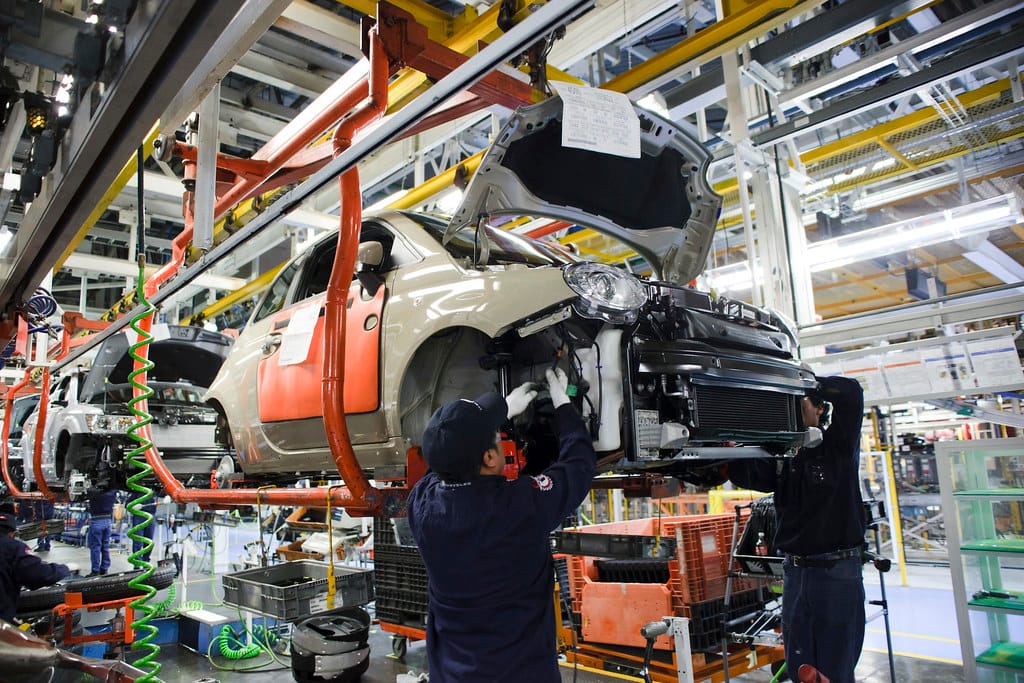
Working at an assembly line factory is a unique experience. It often involves repetitive tasks, precise coordination, and a steady work pace to ensure efficient production. While these environments prioritize productivity, they also pose various risks, making the use of Personal Protective Equipment (PPE) a critical aspect of workplace safety.
PPE in assembly line factories includes gloves, eye protection, hearing protection, and ergonomic supports, tailored to safeguard workers from repetitive strain, noise hazards, and potential accidents.
What are the common injuries in assembly line factories, and how does PPE help prevent them?
Assembly line workers face a range of occupational hazards due to repetitive tasks and the machinery involved.
Common injuries include repetitive strain injuries (RSIs), cuts, burns, eye irritation, and hearing damage, which can be significantly reduced with the right PPE.
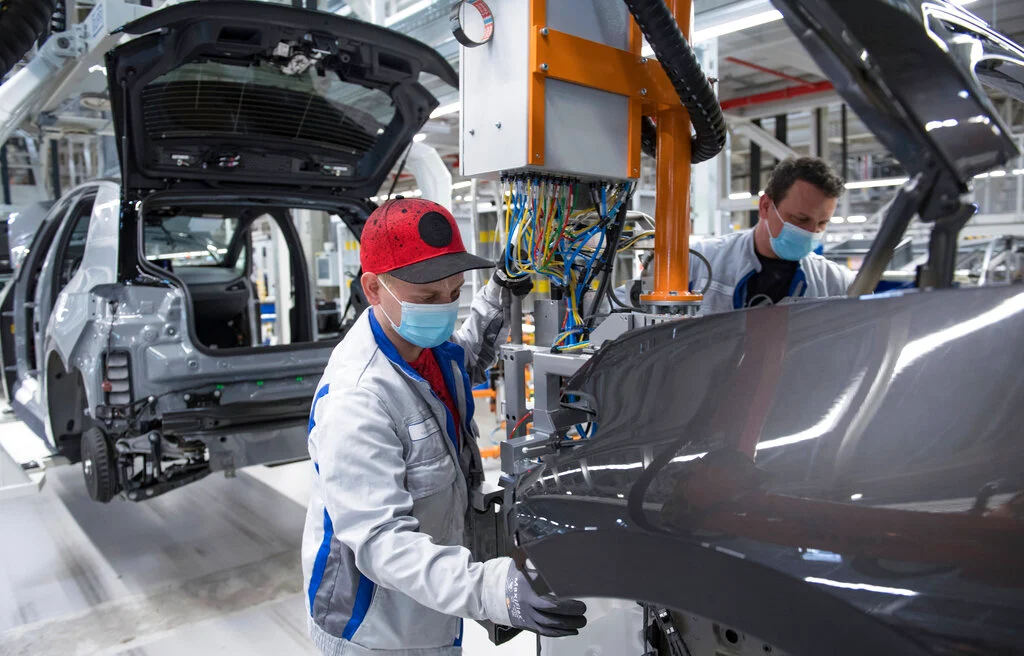
Common Injuries:
- Repetitive Strain Injuries (RSIs)1: Result from prolonged repetitive motions.
- Cuts and Abrasions: Occur when handling sharp tools or components.
- Burns: Caused by exposure to high temperatures or chemicals.
- Eye Injuries2: Due to flying debris, dust, or exposure to bright lights.
- Hearing Damage: From continuous exposure to loud machinery.
PPE Solutions:
- Anti-vibration gloves: Reduce strain and prevent long-term nerve damage.
- Cut-resistant gloves: Protect hands from sharp edges and tools.
- Safety goggles: Shield eyes from debris and harmful light.
- Earplugs or earmuffs: Minimize the risk of hearing loss.
- Heat-resistant gear: Prevent burns in high-temperature environments.
By addressing these risks with appropriate PPE, factories can ensure a safer, more productive workspace.
What PPE is essential for workers on an assembly line?
Assembly line workers require a wide range of PPE tailored to their specific tasks and environments to mitigate risks effectively. These items are designed not only to protect against immediate injuries but also to prevent long-term health issues that arise from repetitive motion, exposure to harmful substances, or physical strain.
Essential PPE for assembly line workers includes gloves, eye protection, hearing protection, respiratory masks, and ergonomic supports. These pieces of equipment are fundamental in creating a safer and more efficient work environment.
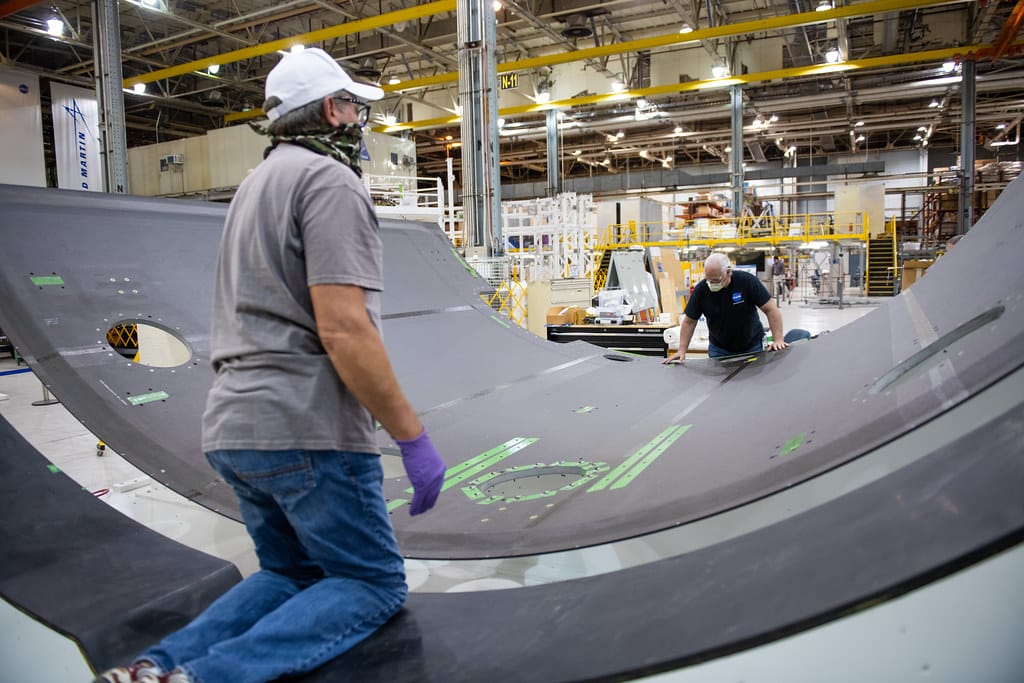
Detailed PPE Breakdown
-
Gloves:
Gloves are indispensable on the assembly line, offering protection against a variety of hazards:- Anti-vibration gloves: Designed for workers operating power tools or heavy machinery, these gloves reduce the transmission of vibrations, minimizing the risk of conditions like hand-arm vibration syndrome (HAVS).
- Chemical-resistant gloves: Essential for handling hazardous substances such as cleaning agents, solvents, or lubricants, these gloves prevent skin irritation and chemical burns.
- Heat-resistant gloves3: Frequently used in high-temperature processes, such as welding or metalworking, to protect against burns and thermal hazards.
Tip: Always choose gloves with the appropriate level of dexterity for precision work, ensuring both safety and productivity.
-
Eye Protection:
Vision safety is a priority in environments where flying debris, sparks, or harmful light may pose risks:- Safety goggles4: Provide a tight seal around the eyes, shielding them from particles, splashes, or sparks. These are particularly important for workers engaged in cutting, grinding, or soldering tasks.
- Face shields: Offer broader protection, covering both the face and eyes, making them ideal for high-risk tasks like welding or chemical handling.
Important Note: Ensure eye protection equipment is ANSI-rated (e.g., ANSI Z87.1) to guarantee its ability to withstand impact or specific hazards.
-
Hearing Protection:
Assembly lines often generate significant noise levels that can lead to hearing loss if proper precautions aren’t taken:- Earplugs: Compact, lightweight, and ideal for workers exposed to moderate noise levels for extended periods.
- Earmuffs: Provide higher noise reduction ratings (NRR) and are better suited for environments with extreme noise, such as heavy machinery operations.
Recommendation: Regularly inspect and replace hearing protection to maintain optimal noise-blocking performance.
-
Respiratory Masks:
For workers exposed to airborne contaminants, respiratory masks are crucial:- Dust masks: Effective for filtering out non-toxic dust and particulate matter, common in industries like woodworking or packaging.
- Respirators: Necessary in environments with chemical vapors, fumes, or fine particulates, ensuring compliance with standards like NIOSH or EN149.
Pro Tip: Fit testing is essential to ensure a proper seal and maximum protection.
-
Ergonomic Supports:
Ergonomics play a critical role in preventing musculoskeletal injuries caused by repetitive movements or prolonged standing:- Anti-fatigue mats: Reduce stress on the legs and back, improving comfort and minimizing the risk of varicose veins or lower limb disorders.
- Wrist braces: Provide support for repetitive tasks, reducing the risk of carpal tunnel syndrome and related conditions.
Consideration: Pair ergonomic tools with regular breaks and workplace adjustments to promote overall worker well-being.
Importance of Proper Use
While providing PPE is vital, ensuring workers understand how to use it correctly is equally important. Proper training and adherence to guidelines ensure that PPE offers maximum protection. Key training elements include:
- Fitting and Adjustment: Ensuring PPE fits properly for maximum comfort and effectiveness.
- Maintenance: Regular cleaning, inspection, and timely replacement of PPE to avoid diminished performance.
- Compliance Awareness: Educating workers about the risks of non-compliance and the benefits of consistent PPE use.
Employers should conduct routine audits and refresher training sessions to reinforce safe practices and adapt to any changes in work environments.
By integrating essential PPE and proper training into the assembly line workflow, factories can significantly reduce injury rates and foster a culture of safety.
How do PPE requirements differ between various types of assembly lines (e.g., automotive, electronics, food production)?
The nature of work and associated risks vary significantly across different assembly line industries, influencing PPE requirements.
PPE requirements differ based on the specific hazards encountered, such as exposure to chemicals in automotive lines, fine particulate matter in electronics assembly, or hygiene concerns in food production.
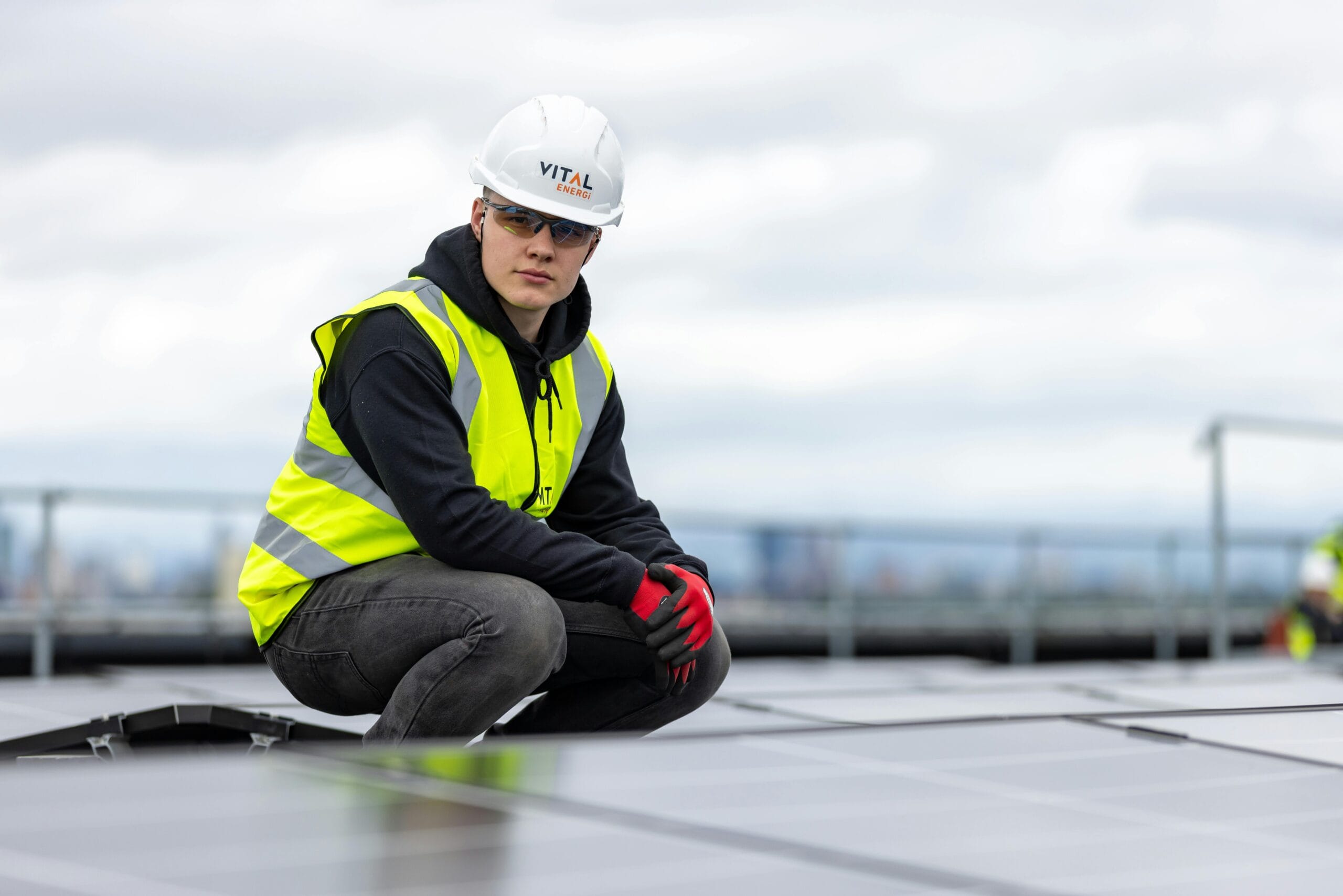
Industry-Specific PPE Needs:
| Industry | Common Hazards | Recommended PPE |
|---|---|---|
| Automotive | Heavy machinery, sharp tools, chemical exposure | Cut-resistant gloves, safety goggles, respirators |
| Electronics | Fine particles, soldering fumes, static discharge | Anti-static gloves, dust masks, ESD (Electrostatic Discharge) mats |
| Food Production | Hygiene concerns, slippery floors, sharp tools | Hairnets, slip-resistant footwear, aprons |
-
Automotive Assembly Lines:
- Require robust PPE to handle heavy machinery and potential chemical spills.
- Flame-resistant clothing may also be necessary for welding tasks.
-
Electronics Assembly:
- Emphasizes precision and cleanliness, often requiring anti-static PPE to prevent damage to sensitive components.
-
Food Production:
- Focuses on hygiene and safety, with PPE designed to prevent contamination and ensure worker protection from cleaning chemicals.
Understanding these distinctions ensures that PPE is tailored to the unique risks of each industry.
Conclusion
Assembly line work involves repetitive tasks and exposure to various hazards, making PPE essential for worker safety. From gloves and goggles to ergonomic supports, the right PPE minimizes risks and enhances productivity. Tailoring PPE to the specific demands of each industry ensures comprehensive protection, allowing workers to perform their tasks safely and efficiently.
-
Linking this keyword provides detailed guidance on tools like anti-vibration gloves that reduce strain from repetitive tasks, protecting workers from long-term nerve or muscle damage. ↩
-
This keyword highlights the importance of eye protection in shielding workers from dust, debris, or hazardous light sources, which are common in factory settings. ↩
-
Linking this keyword helps users understand how these gloves provide thermal protection in high-temperature settings like welding or metalworking. ↩
-
You should link this keyword to provide insights into how safety goggles shield workers’ eyes from specific hazards, ensuring compliance and safety during risky tasks. ↩
Zion Zhang
Recent Posts
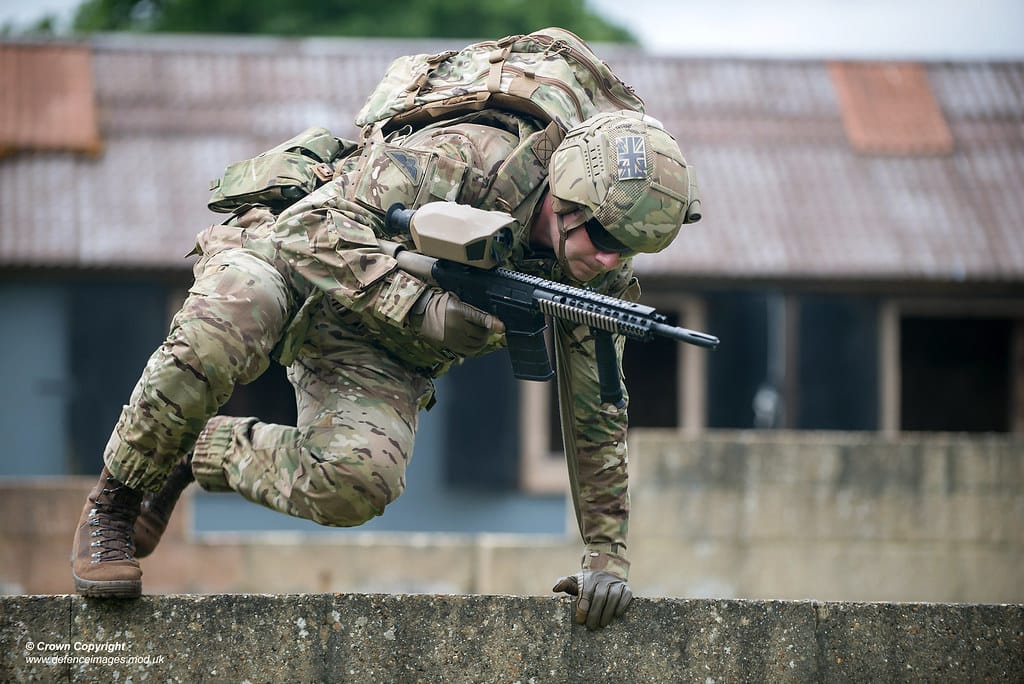 Where would you get custom body armor and is it possible?2024年12月6日Where would you get custom body armor and is it possible? […]
Where would you get custom body armor and is it possible?2024年12月6日Where would you get custom body armor and is it possible? […]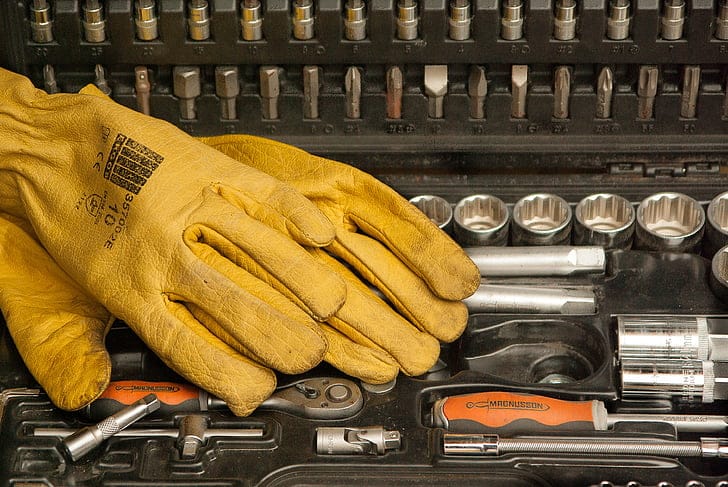 What are warehouse gloves?2024年11月23日Warehouse gloves are an essential type of personal […]
What are warehouse gloves?2024年11月23日Warehouse gloves are an essential type of personal […]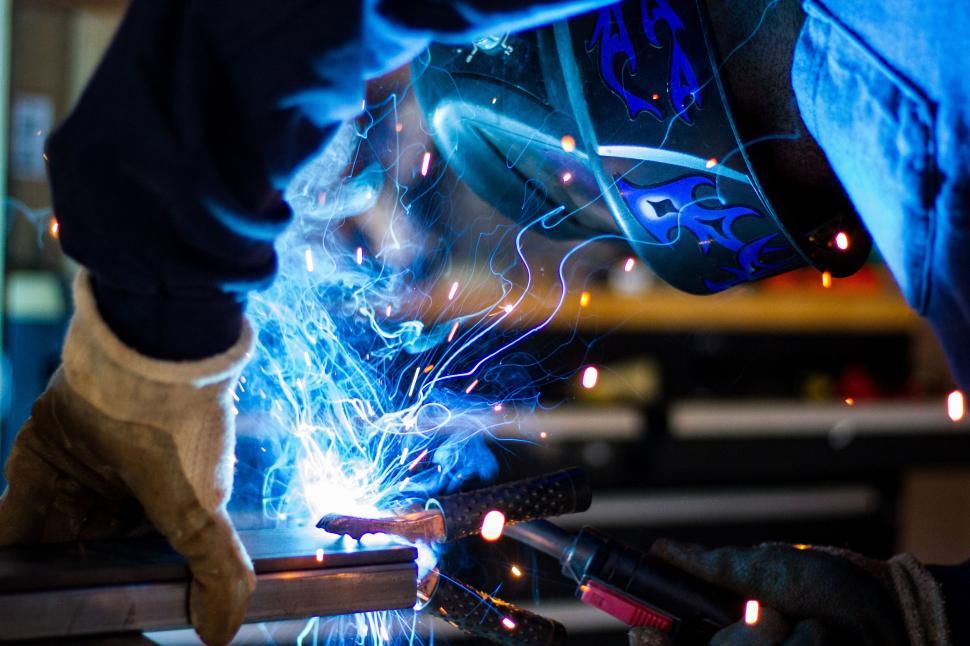 How to select the perfect welding gloves for your projects?2024年11月23日Selecting the right welding gloves is a critical decision […]
How to select the perfect welding gloves for your projects?2024年11月23日Selecting the right welding gloves is a critical decision […]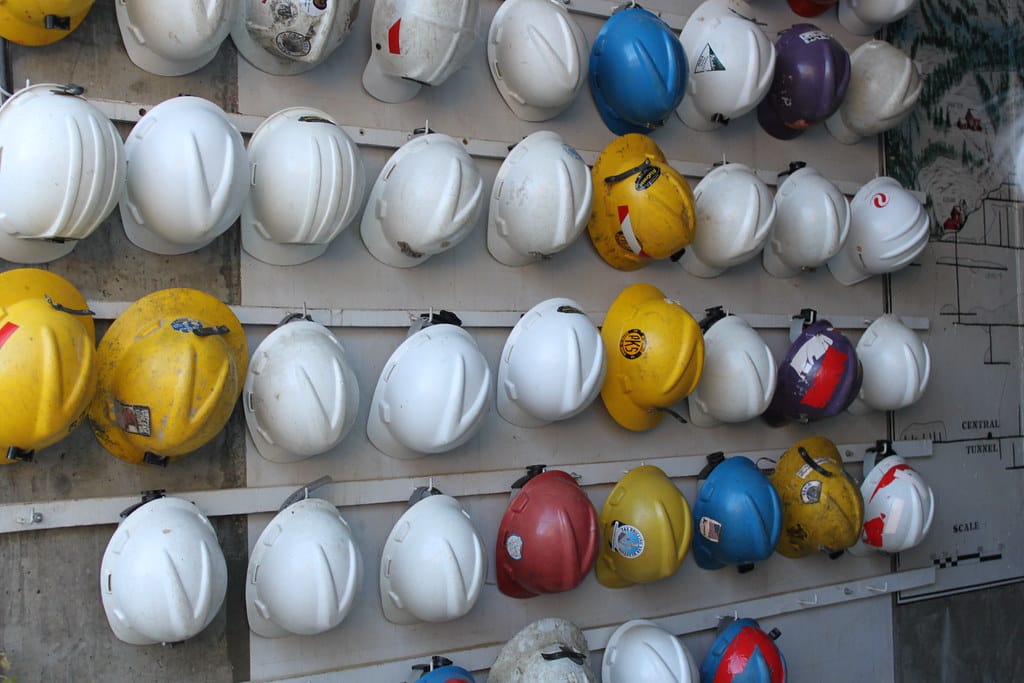 Why do engineers and architects wear different safety caps?2024年11月22日Engineers and architects play crucial roles on construction […]
Why do engineers and architects wear different safety caps?2024年11月22日Engineers and architects play crucial roles on construction […]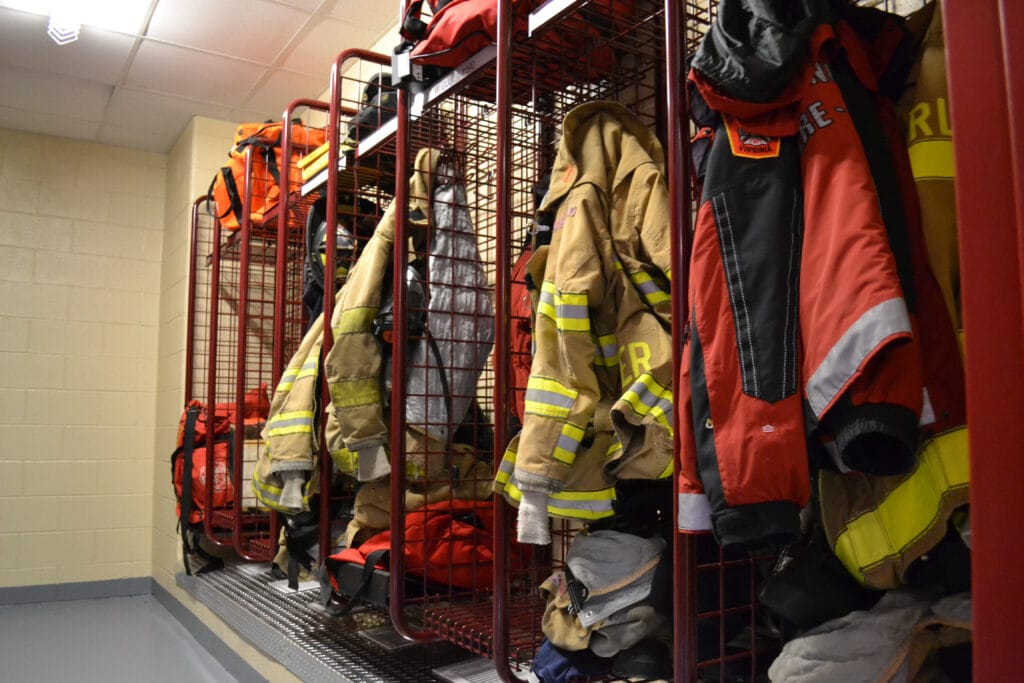 What are the PPE for firefighting?2024年11月22日Firefighting is one of the most hazardous professions, […]
What are the PPE for firefighting?2024年11月22日Firefighting is one of the most hazardous professions, […] What are the top PPE’s for mining workers?2024年11月21日Mining is one of the most hazardous industries, requiring […]
What are the top PPE’s for mining workers?2024年11月21日Mining is one of the most hazardous industries, requiring […]
CONTACT US
- Feel free to contact us any time. We will get back to you as soon as we can!
- +86-17330061805
